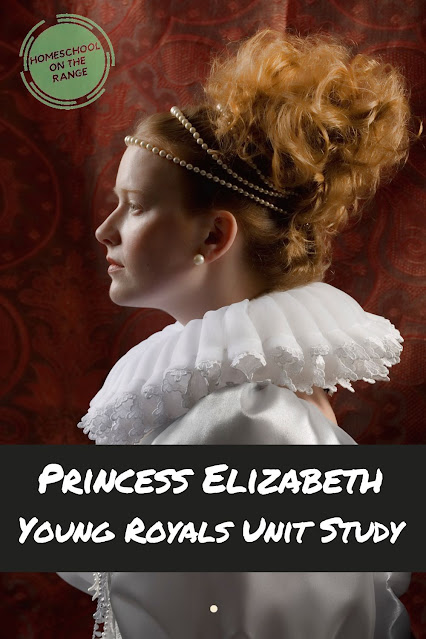Known as the Virgin Queen, Elizabeth I was the last of the five monarchs in the House of Tudor. She experienced remarkable upheaval during her youth, finally ascending to the throne, where she ruled England for forty-five years, during it's "Golden Age"...
Elizabeth I ruled as more of a moderate than the other Tudors. She lived by the motto, "video et taceo" (meaning "I see and keep silent"). She was very tolerant (for her time), and avoided persecuting others for religious differences. She did not always agree with the church, which was a struggle of her reign. Through the years, several conspiracies threatened her life, some said to be led by the church. Elizabeth maintained a secret service of spies, which she used for both her own protection and to handle foreign affairs.While it was expected that Elizabeth would marry and produce an heir, she never did. In time, she was celebrated for her virginity, and she was eventually succeeded by King James VI, son of Mary, Queen of Scots (see her unit). The 'Elizabethan Era' is famous for it's artistry and literature, including pieces by William Shakespeare and Christopher Marlowe, as well as the Age of Exploration by men such as Sir Francis Drake and Sir Walter Raleigh.
Historic References in Our Story
- Twelfth Night marks the last night of the Twelve Days of Christmas - January 5th - it is also known as Epiphany Eve. Traditions for this night include singing Christmas carols, blessing the house, attending church services, eating rich desserts (like King Cake), and general merriment.
- A coronation ceremony is when the crown is officially placed on to a new monarch’s head. It is an occasion for pageantry and celebration, but it is also a solemn religious ceremony, that has remained essentially the same for over a thousand years. For the last 900 years, the ceremony has taken place at Westminster Abbey, London. The service is conducted by the Archbishop of Canterbury, whose task this has almost always been since the Norman Conquest in 1066. The last coronation was of Queen Elizabeth II in 1953, and King Charles III will be coronated in 2023.
- Westminster Abbey is a large, Gothic building in London. It is one of the United Kingdom's most notable religious buildings and a burial site for monarchs. The church was originally part of a Catholic abbey, then served as part of the Diocese until it was restored to the Benedictines by Mary I in 1556, then in 1559 made a royal peculiar—a church responsible directly to the sovereign—by Elizabeth I. Since the coronation of William the Conqueror in 1066, all coronations of English and British monarchs have occurred in Westminster Abbey, as well as sixteen royal weddings.
- Edward VI was crowned in1547 at the age of nine. He was the son of Henry VIII and Jane Seymour, and was the first English monarch to be raised as a Protestant. During his reign, the realm was governed by a regency council because he never reached maturity. It was during Edward's reign that Protestantism was established for the first time in England. In February 1553, at age 15, Edward fell ill. When his sickness was discovered to be terminal, he and his council drew up a "Devise for the Succession" to prevent the country's return to Catholicism. Edward named his first cousin once removed, Lady Jane Grey, as his heir, excluding his half-sisters, Mary and Elizabeth.
- Worth noting: The Succession to the Crown Act (2013) amended the system of succession to end the system of "male primogeniture," when a younger son can displace an elder daughter in the line of succession.
You may also like... Renaissance Resources
Our spine novel for this unit is Beware, Princess Elizabeth
.jpg)
Get the entire unit in the Young Royals bundle!
Includes seven unit studies covering the entire series. Each unit addresses a historic era from the eyes of a young royal, and these are told in living history format. Each unit has introductory text, which will give the student basic background information about the topic at hand.- There are photographs and illustrations, and we have also included primary documents when available.
- After this text, there are featured videos, which augment the background information and help make the topic more accessible for more visual students.
- You will also find a short list of reading books, including a featured novel that the unit builds upon.
- There are vocabulary words, places, and people to identify.
- Reading comprehension, critical thinking questions, and writing assignments are included.
- We add fun with hands-on activities and extra videos to watch that will bring the era to life.
Product samples: Mary, Bloody Mary
Includes:- Mary, Bloody Mary
- Beware, Princess Elizabeth
- Doomed Queen Anne
- Patience, Princess Catherine
- Duchessina: Catherine De'Medici
- Wild Queen: Mary, Queen of Scots
- Bad Queen: Marie Antoinette



No comments:
Post a Comment
Note: Only a member of this blog may post a comment.